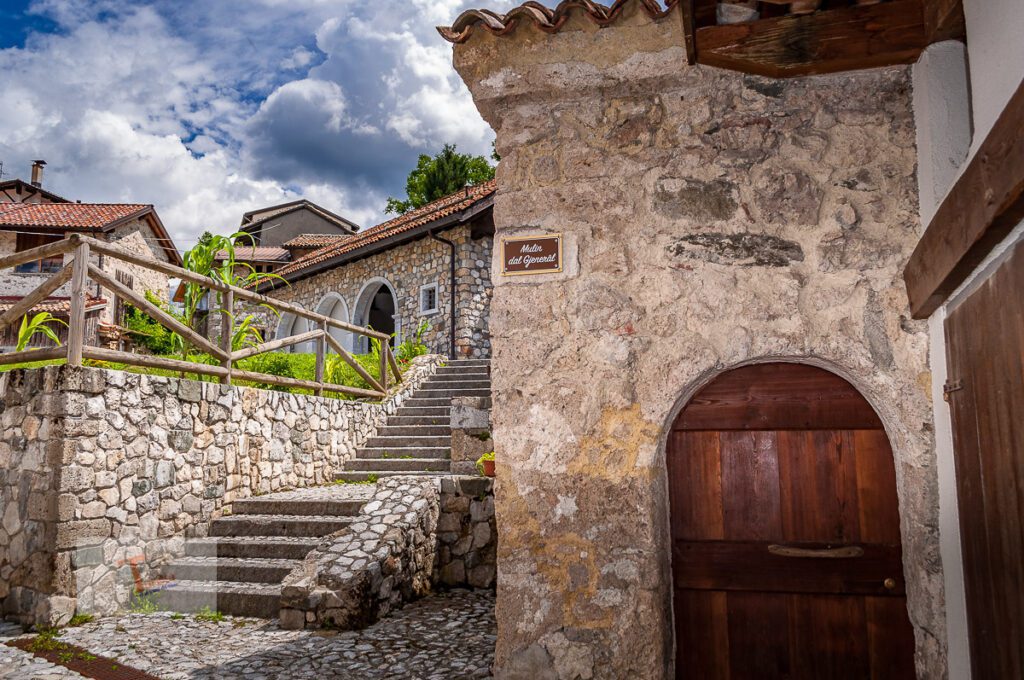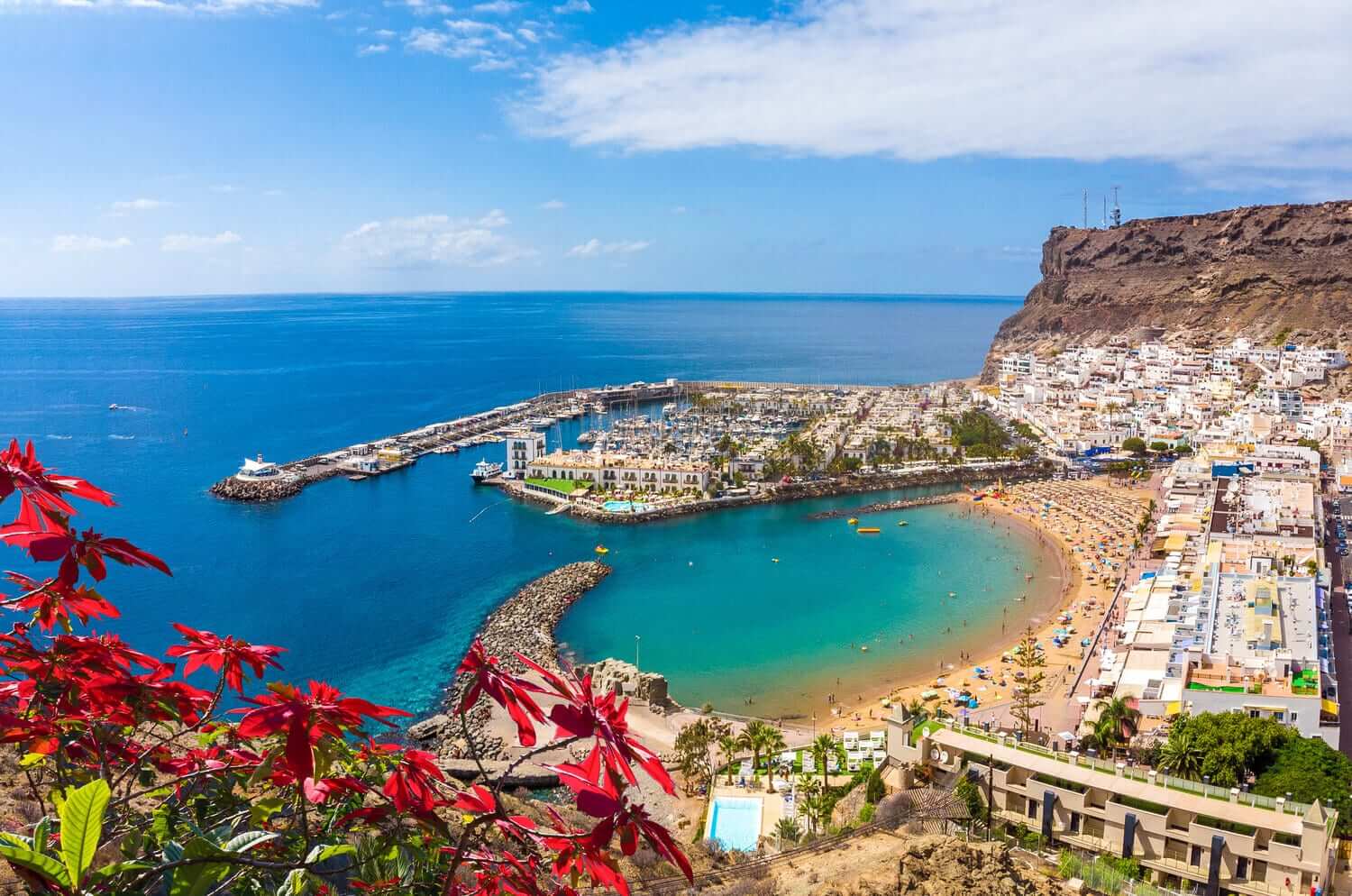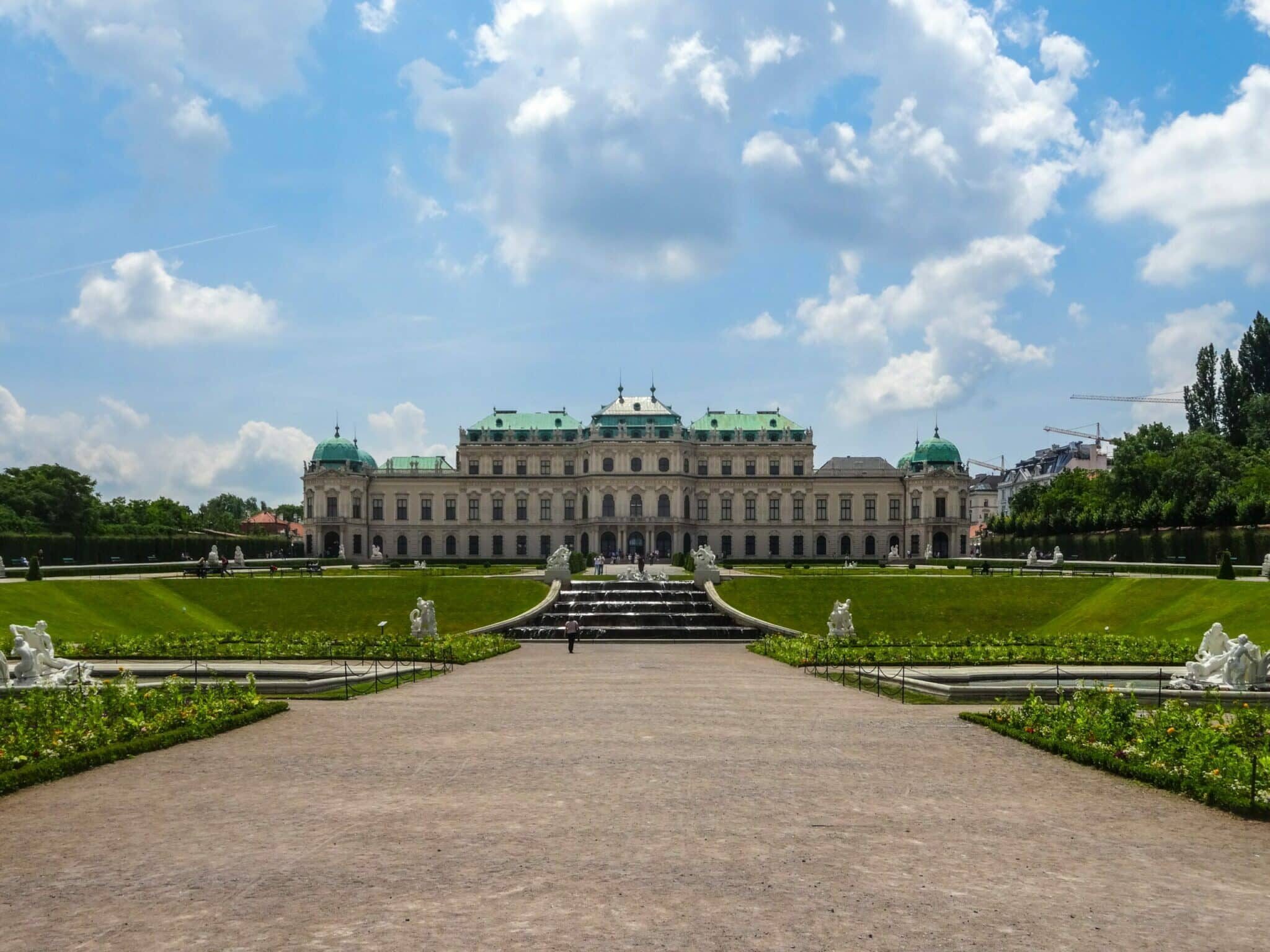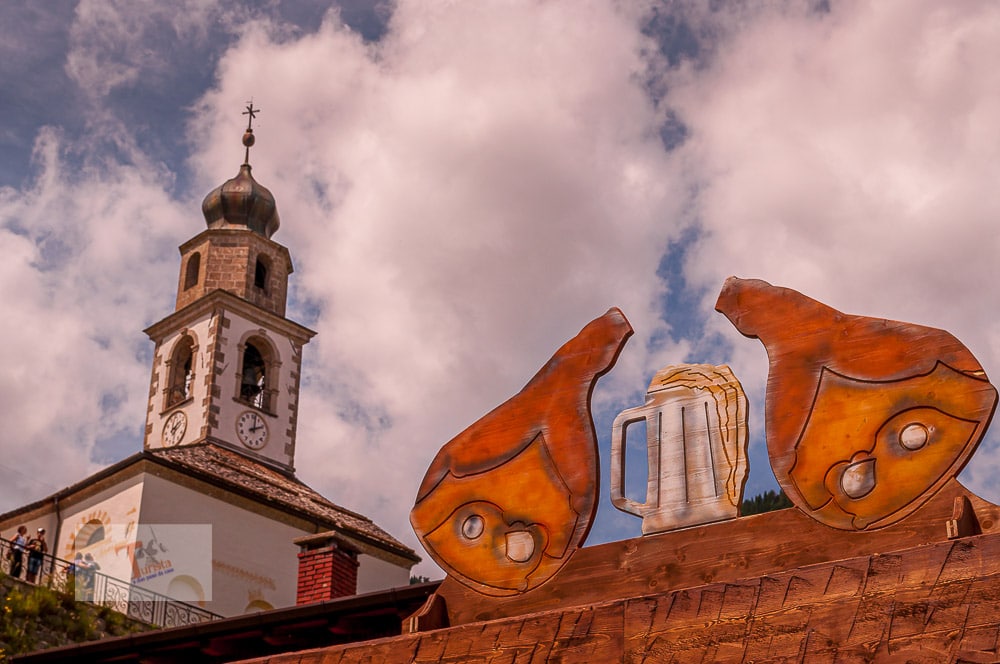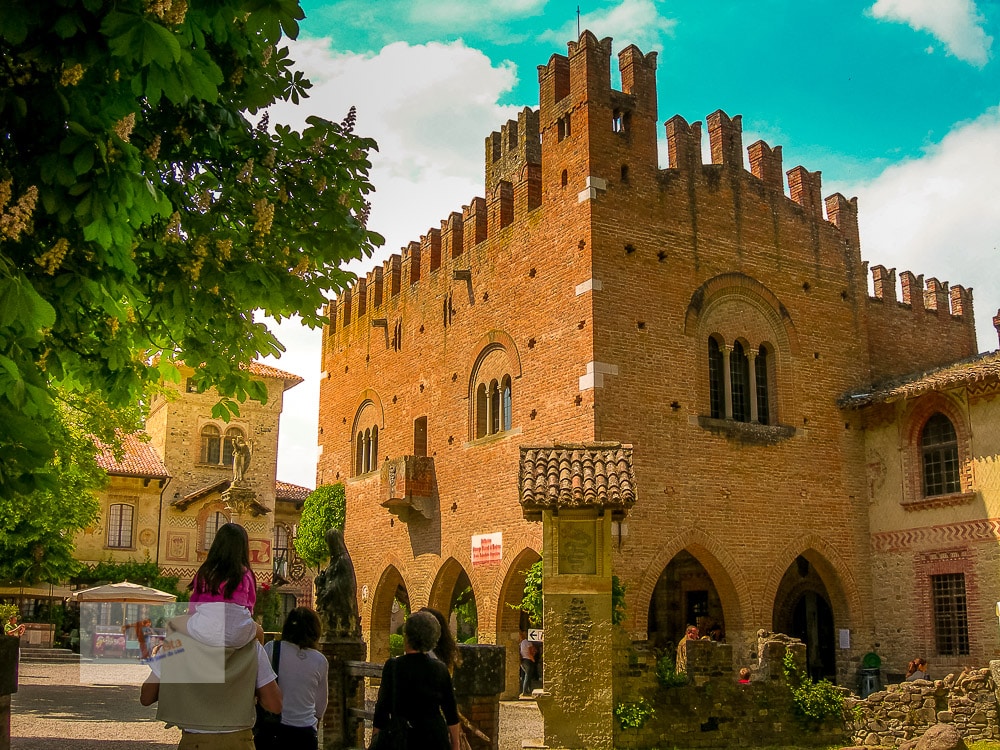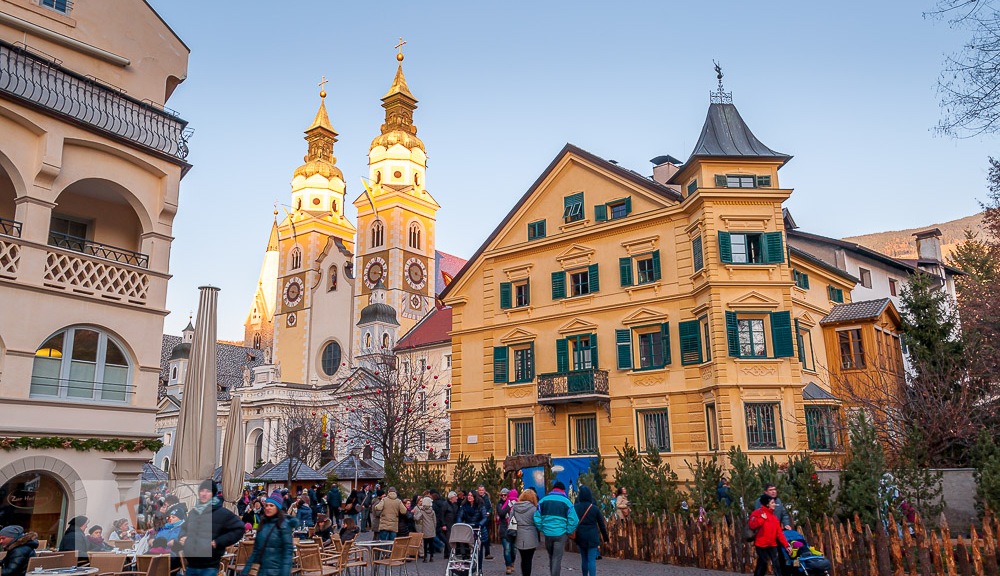Set in the mountains of Carnia, in Friuli Venezia Giulia, Illegio, a hamlet of Tolmezzo, is known for its via dei mulini.
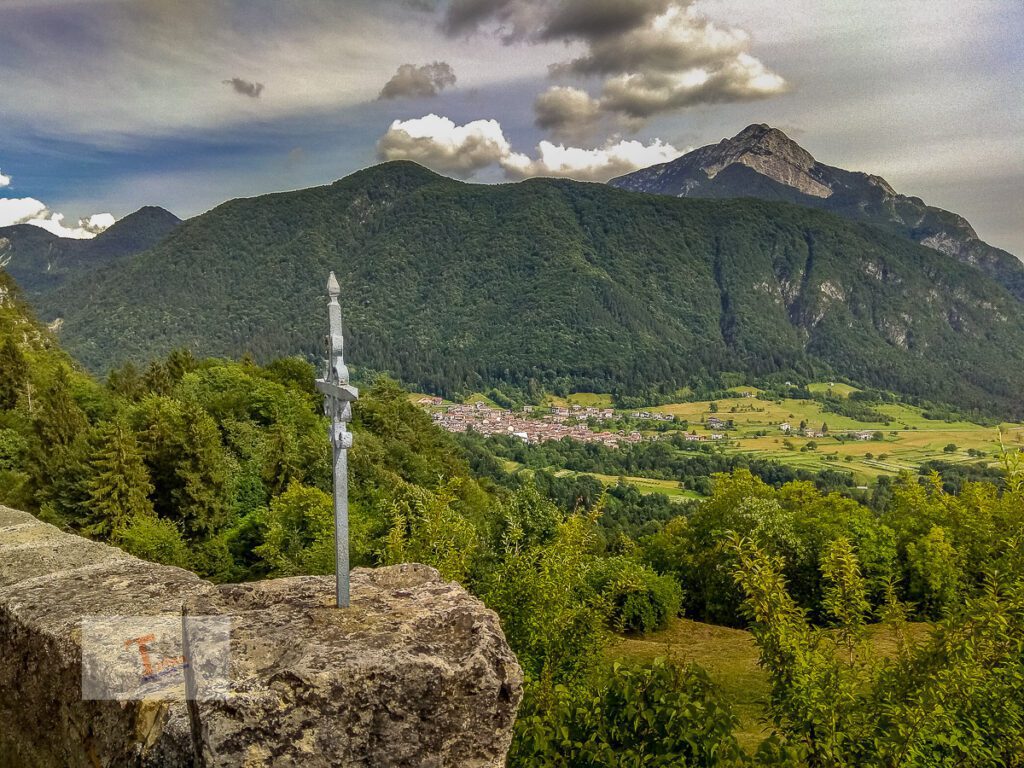
The Via dei Mulini di Illegio is a pleasant city trek that allows you to rediscover an ancient world made of toil, sweat, and peasant life. This Illegio is a pleasant walk that can have an appendix that takes us through the nature of Mount Gjaidet to the Pieve di San Floriano, which rises majestically at 750 meters above sea level.
The mills of Illegio
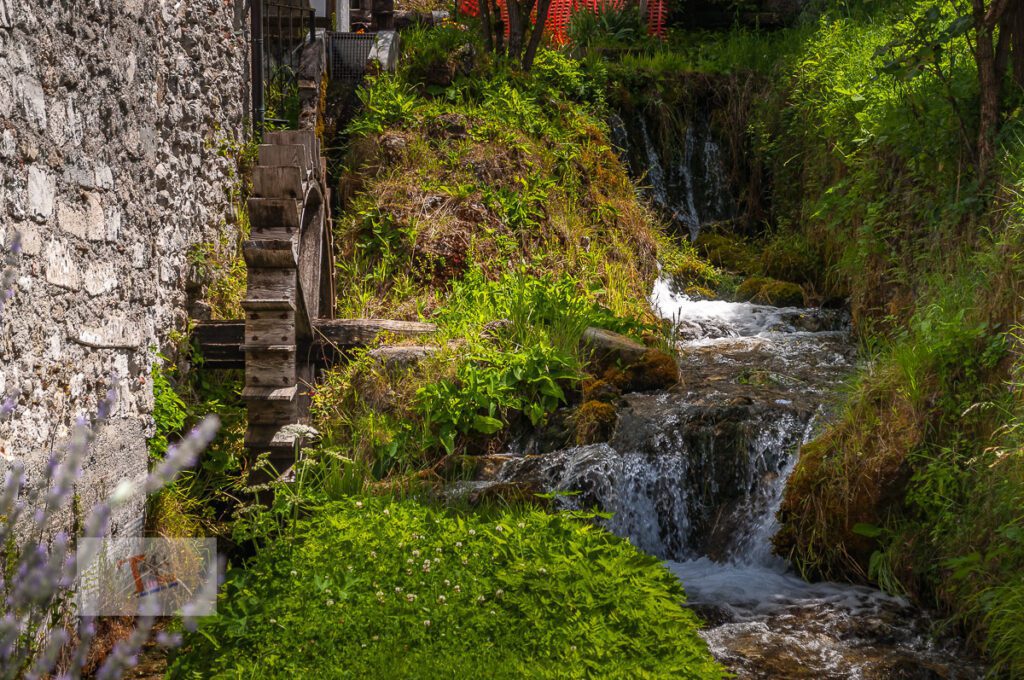
In Illegio gives us along a tour route as many as eight mills formerly used to grind wheat, of which today only one is still in operation: it is the seventeenth-century Mulino dal Flec, a structure built in stone and with a large external wooden wheel that it is still intact. It is fed by the Rio Touf waterfall that flows nearby. The wheel allowed the internal mechanism to turn the millstone to grind the grain.
The other mills
The map placed at the entrance of the town shows us eight mills, we have already mentioned the most important one, the other mills of Illegio are located between the city streets. They are not open, we can only admire the stone building from the outside, we can get closer, breathe the atmosphere of the past, but we cannot enter. Perhaps they are open on special occasions, or perhaps they are inaccessible to private facilities. From time to time, the small Touf stream appears in the streets and feeds the wheels of the mills and right next to it we see a building with some frescoes of peasant life. Going up slightly in altitude, but in the center of the town, here is the source that feeds the stream.
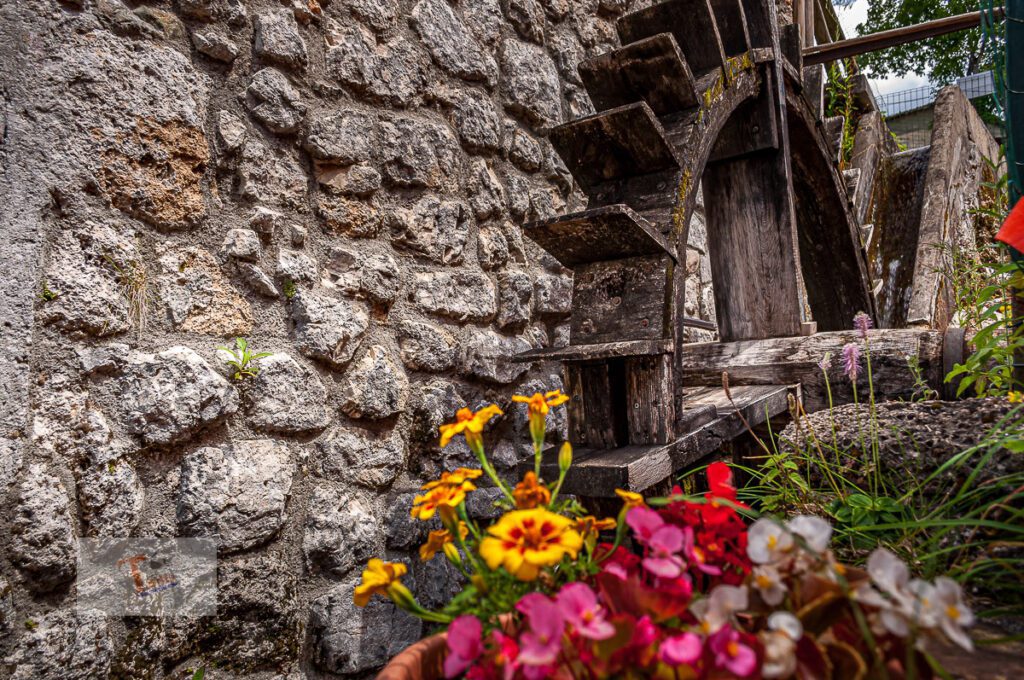
In the village, it can also be visited in an interesting museum which hosts important exhibitions.
We reach the Pieve di San Floriano
We followed the road of the mills, we find ourselves in front of the main church of Illegio, we decide to reach the Pieve, which can sometimes be seen looking upwards. In the vicinity of the place of worship, the dirt road starts which will lead us up to the Pieve di San Floriano, and which begins at the Illegio cemetery. Here you enter the woods and descend towards the river, and then go up to the top of the mountain. In part, we walk the path known as the ” Cammino delle Pievi”.
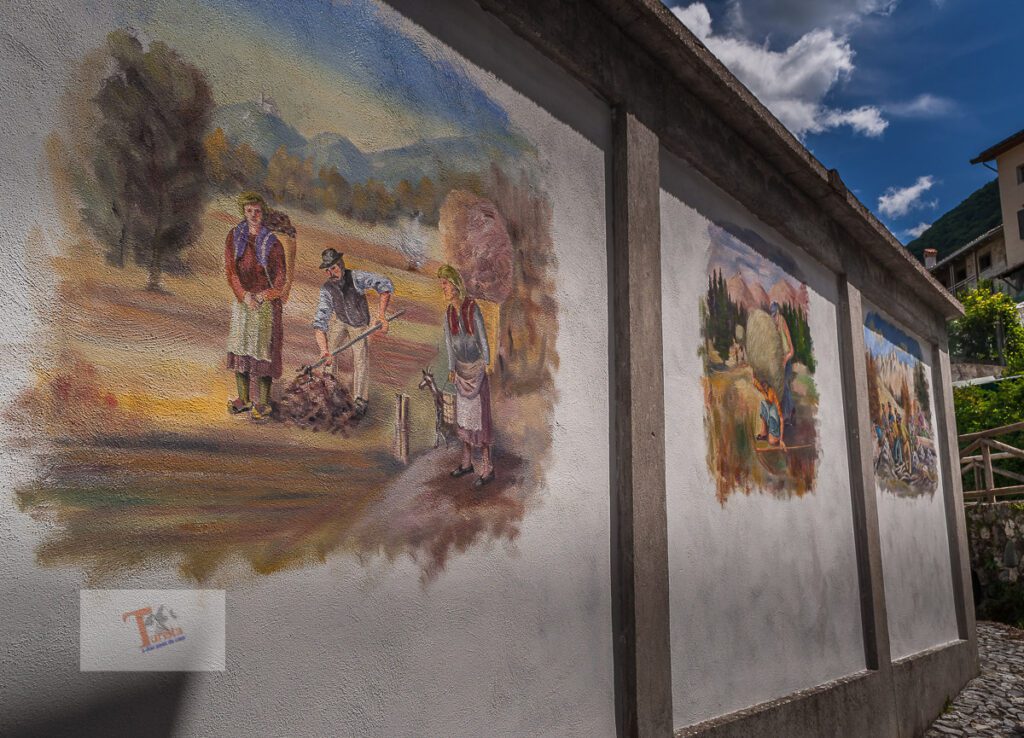
Halfway
About halfway to the Pieve di San Floriano, panoramic views open up and we can admire a fountain dated 1971, ideal for quenching our thirst with its freshwater. Here also passes the path for those who love mountain biking. But given the difficulty that we will encounter later, the advice is to reach the church on foot. The dirt road has some tiring tears. We enter and leave the wood until, finding a small wall on our left, we discover that we are close to our destination. We arrived at the entrance to the Pieve.
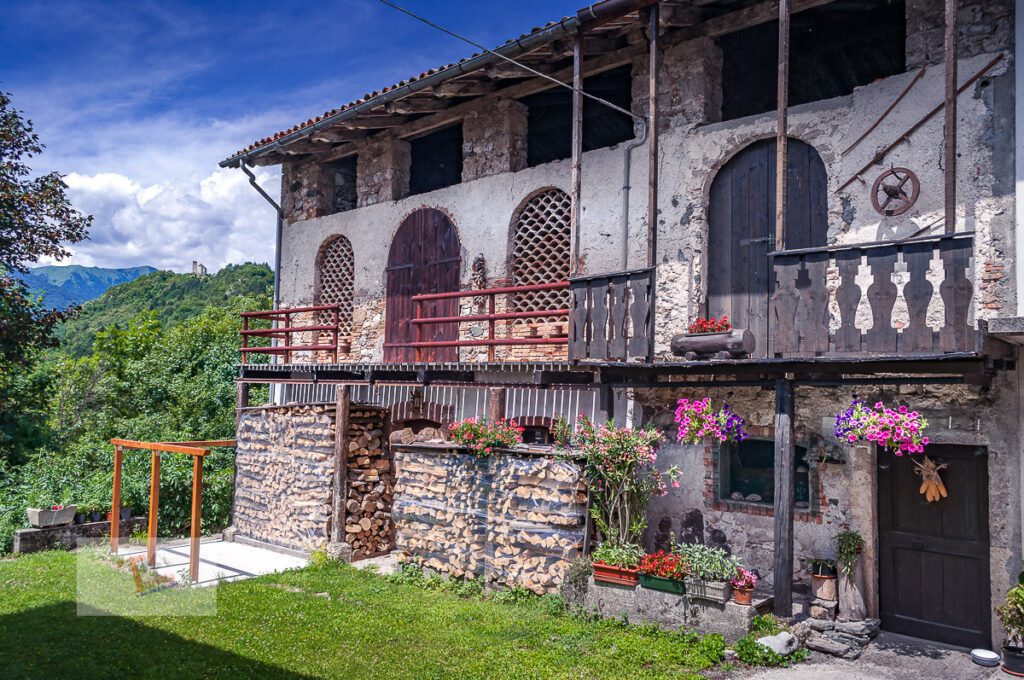
However, a final effort is needed to reach the goal. Time is built on top of the mountain, we just have to climb the steps leading to the church and that’s it. Here we are in front of the majestic Pieve di San Floriano. Unfortunately, the structure is closed, our effort may be in vain, but in front of us it is priceless, a view of the Tagliamento river valley and Illegio that makes us forget the effort made to climb up here. The Pieve di San Floriano a Illegio was built between the ninth and tenth centuries, while the current building dates back to the fourteenth century. Inside are preserved sixteenth-century stone sculptures and frescoes dating back to the thirteenth and fourteenth centuries.
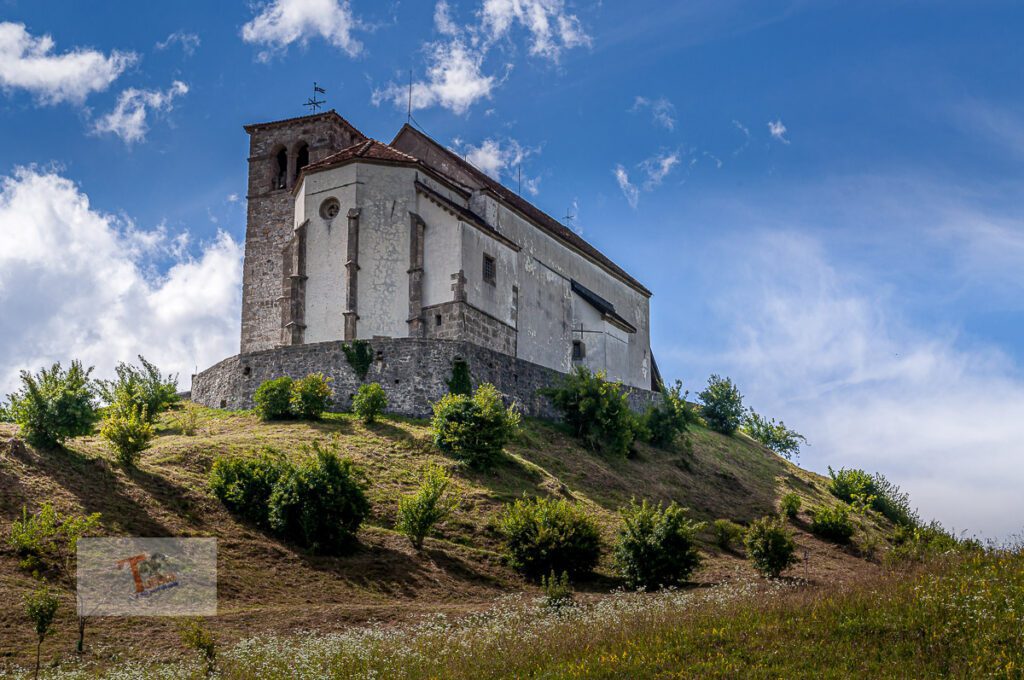
The parish is open every Sunday and on request during the week.
We console ourselves with the magnificent panorama that we can admire from the top of Mount Gjaidet which stretches from the valley of the Tagliamento river to the village of Illegio.
The time taken
How long did it take? The slow trekking philosophy requires us to leave the watch in the car. Let’s say that for the visit to the via dei mulini, the ascent to the Pieve di San Floriano and the consequent descent to the starting point made us spend the whole day. Stops for lunch and to enjoy the view and to film and take photos included. The climb to the church alone takes about 30/40 minutes.
How do I get to Illegio?
Illegio can be reached by car, following the A23 motorway, Palmanova-Udine-Tarvisio, Carnia exit, then, once you have reached Tolmezzo, continue following the local signs. Those arriving by train stop Udine, they have to continue by bus to Tolmezzo.

